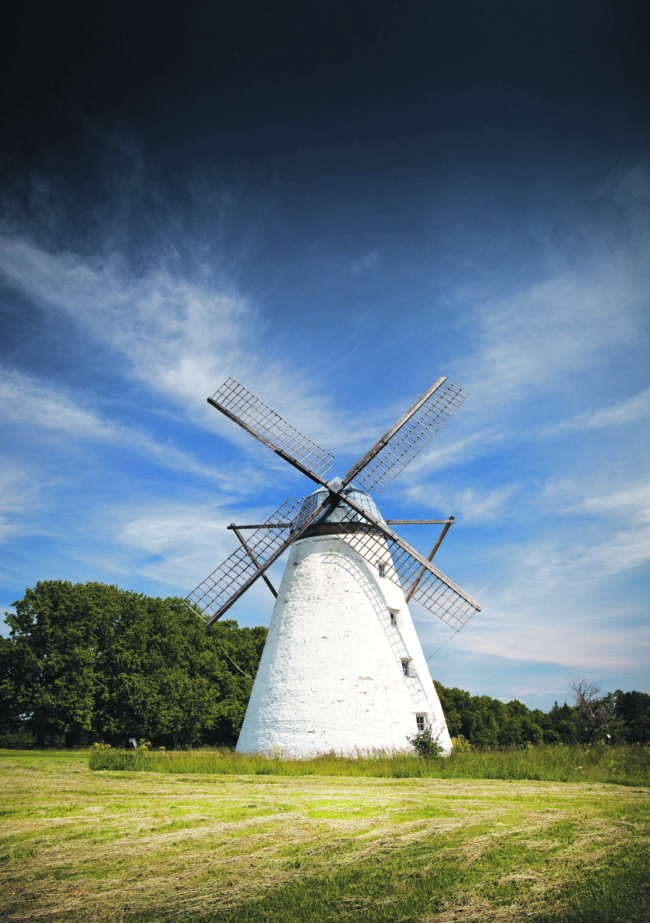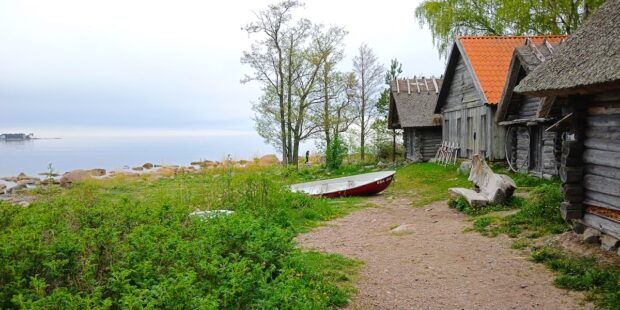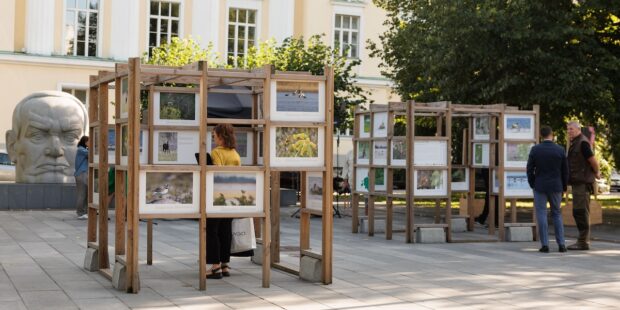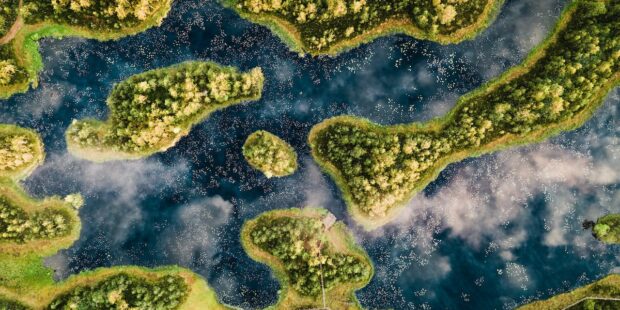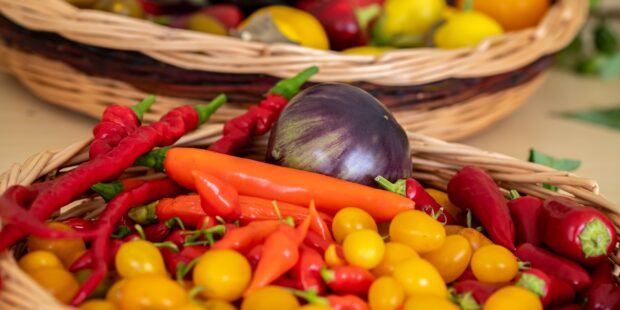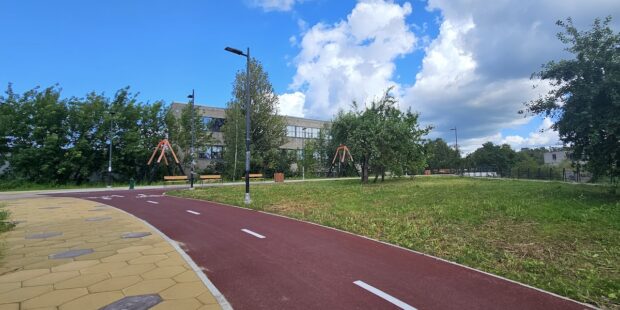Under Lahemaa’s Spell
Our summertime hike through Lahemaa National Park.
The warm wind blows against my face as I step out of the car with our photographer Andrei at the line of linden trees in Palmse. A barn swallow draw circles in the sky. A group of German tourists walk in an orderly fashion towards the gates of the manor house.
Palmse is certainly one of Lahemaa’s most important sights; its history dates back to the 12th century. The yellow manor house sits in line behind the fence and inside its walls you can learn about the lifestyles of its inhabitants.
Nature lovers will quickly make their way to the manor park, where a Common golden-eye duck is protecting her new family in the pond. Behind the park’s lake stand tall pines and deciduous trees. The sounds of a European pied flycatcher can be heard, with a small red-breasted flycatcher in the background. Signposts indicate the trail with the footsteps of the manor lord and lady.
You can spend just an hour at Palmse park and another at the nature centre in one of the outbuildings. The exhibit presents the history of Lahemaa National Park and its nature, where you can take along a map as well.
The narrow asphalt road takes you to the next point of interest, Sagadi Manor. The magic of Lahemaa is just this, at the beginning you’re in the middle of manor house grounds and suddenly the next moment you’re in the heart of the wilderness or at a beach.
It is certainly more peaceful in Sagadi, as there are no large tourist groups. The grass has grown and small white flowers cover the ground like a carpet. Take a seat by the park’s pond and watch the blue damselflies play at the water’s edge.
The pond teems with life below the surface. Thousands of tadpoles swim among large shoals of fish. Majestic trees surround the pond, including one of Estonia’s tallest oaks (32 m).
The mellow mood of Sagadi soon changes, when the road continues on to the third manor, Vihula. A tall Dutch-style windmill greets visitors.
Vihula smells of pines, due to the large pine trees that make up the park. There are many other kinds of trees in the park as well, like the Canadian poplar, the biggest of its sort in the Baltics. There are also some stunning oaks, maples, and elms.
There are many interesting buildings at Vihula, like the vodka museum and ice cellar. The windmill is also worth a visit, which is located just at the edge of the Mustoja waterfall. The soul yearns for the forest, after all, a large part of Lahemaa is forest. Oandu is only a few kilometres from Vihula.
The beaver dam in Ojandu takes you into the pine forest, which on hot days reminds me of smells from my childhood. The path continues through the forest. The beauty of it all leaves you speechless.
A dark stream trickles ahead, which is framed by tall ferns. Blue dragonflies float over the water. A Eurasian blackcap chirps from the highest boughs of the aspen. This is perhaps the most beautiful view in Lahemaa.
Rivers are a trademark of Lahemaa; Valgejõgi river on the west side of the park is one of the more well-known. The rivers provide a habitat for some rare species, like the freshwater pearl mussel and the grayling, a freshwater fish in the salmon family.
The next stop is Altja on the shores of the Gulf of Finland. The Altja nature trail follows the long coastline and takes you over a hanging bridge to a beautiful sandy beach.
A beach road takes you from the fishing village of Altja to Vergi. Wooden houses line the street where friendly families wave to passersby – this is Lahemaa in summer.
After the bend, we arrive in Võsu. The new docks are beautiful, but the beach at Võsu is much more stunning. The white sand continues for kilometres. The old beach club is a reflection of a bygone era, when Võsu was a popular vacation spot. The cute little houses are just a small glimpse at what Võsu would have looked like decades ago.
The day turns into night, leaving much to be explored next time. This place deserves a second visit.
TEXT MIKKO VIRTA, PHOTOS ANDREI CHERTKOV, MAP EVE JAANSOO
To learn more about this and similar topics

